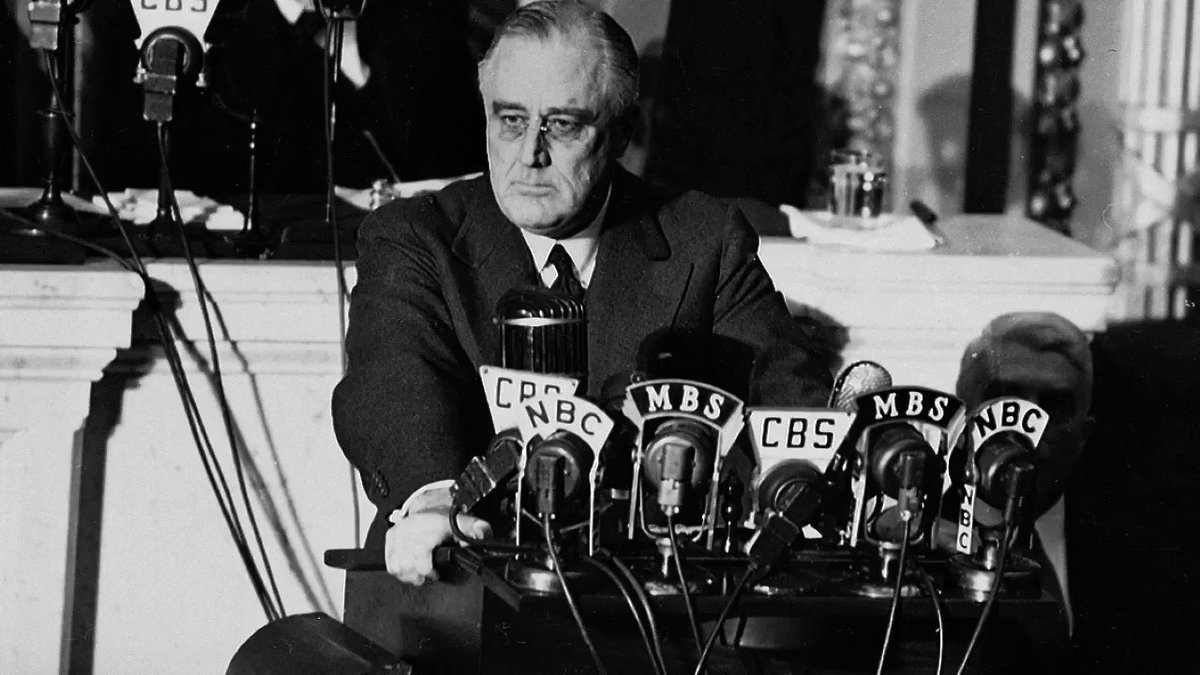Longest Consecutive Positive Monthly Job Growth in United States History
@drawandstrike @ThomasWictor @HNIJohnMiller @jihadaeon1 @rising_serpent @_ImperatorRex_ @Debradelai @LarrySchweikart
whitehouse.gov/articles/longe…
The employment-population ratio, which is an important indicator of the share of people who are working, rose by 0.1 p.p. in July...









